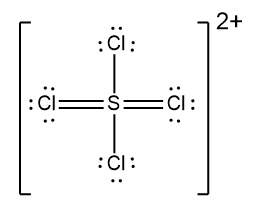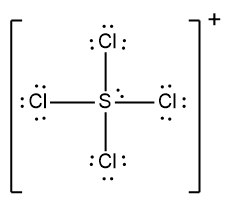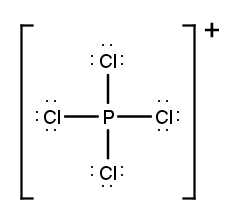In understanding Lewis dot structures, it's essential to recognize the behavior of cations and anions regarding their valence electrons. Cations, which are positively charged ions, have fewer valence electrons due to the loss of electrons, while anions, negatively charged ions, have more valence electrons because they gain electrons. This foundational knowledge is crucial when constructing Lewis dot structures.
For example, to draw the Lewis dot structure for the anion BCl4-, we first need to calculate the total number of valence electrons. The number of valence electrons corresponds to the group number of the elements in the periodic table. Boron (B) is in group 3A, contributing 3 valence electrons, and chlorine (Cl) is in group 7A, contributing 7 valence electrons. Since there are four chlorine atoms, we calculate:
Valence Electrons = 3 (from B) + 4 × 7 (from Cl) + 1 (for the negative charge) = 32 valence electrons.
Next, we place the least electronegative element, boron, at the center and connect it to each chlorine atom with single bonds. Following the bonding preferences, we ensure that each chlorine atom achieves an octet by adding electrons around them. It's important to remember that hydrogen follows the duet rule, desiring only 2 electrons to mimic helium.
After ensuring that each chlorine has 8 electrons, we check for any remaining electrons. In this case, all 32 electrons have been utilized. The final step involves enclosing the structure in brackets and indicating the charge in the top right corner. Thus, the completed Lewis dot structure for BCl4- will show boron at the center with four chlorine atoms bonded to it, all enclosed in brackets with the negative charge indicated.
In summary, when drawing Lewis dot structures for ions, it is crucial to account for the total valence electrons, arrange the atoms correctly, adhere to the octet rule, and properly denote the charge of the ion. This systematic approach aids in accurately representing the molecular structure of both cations and anions.

















